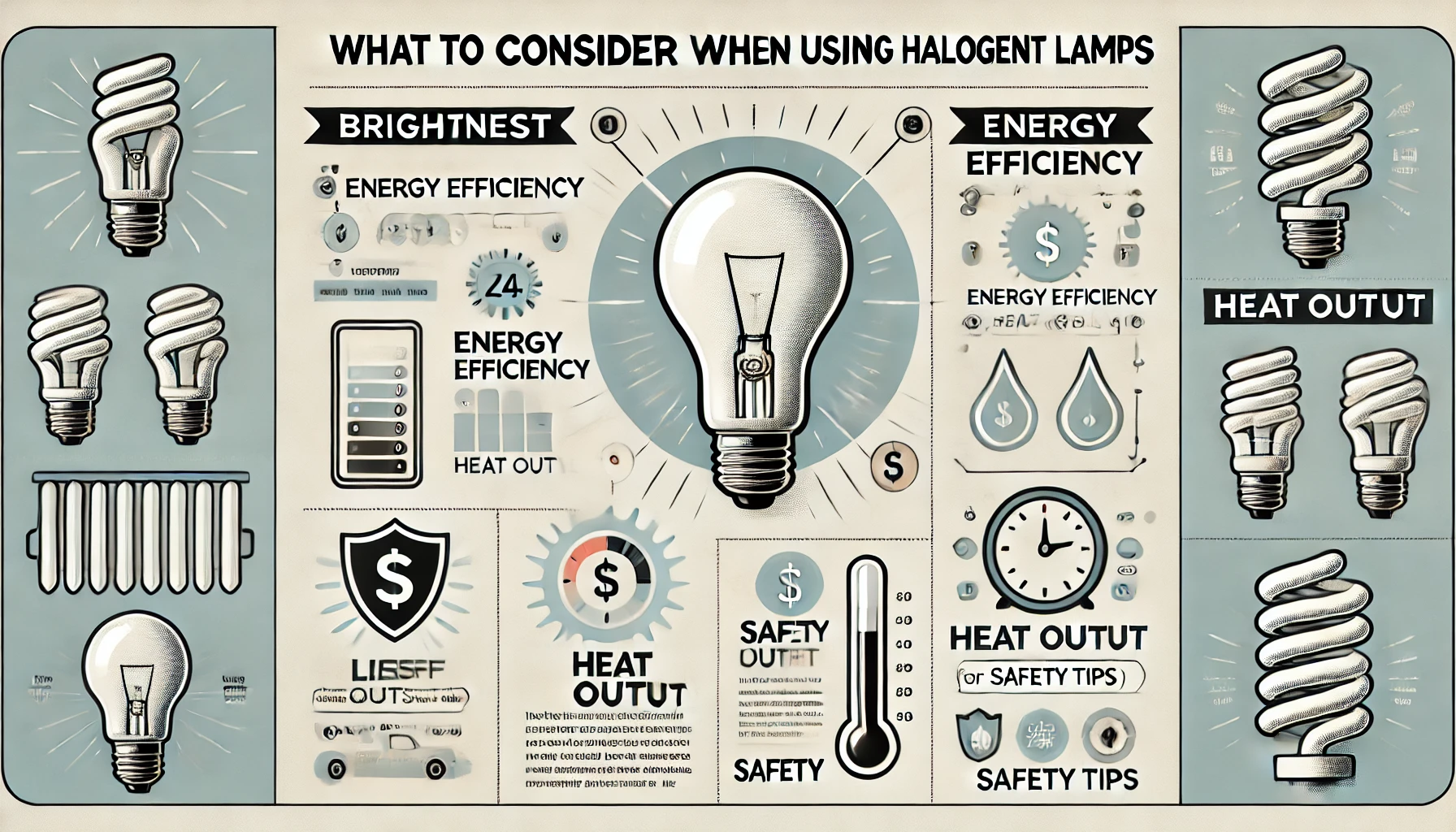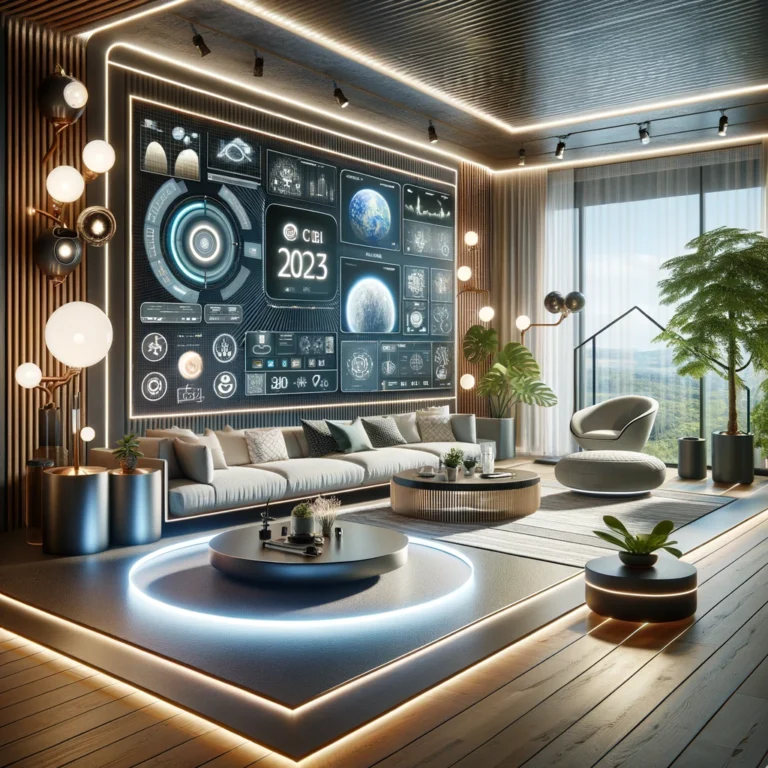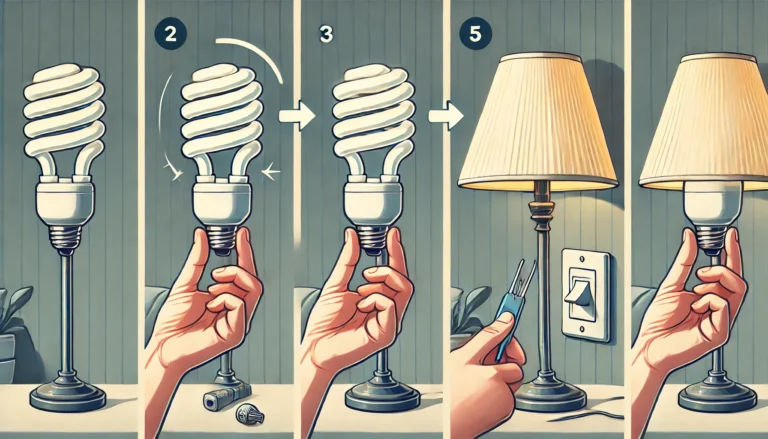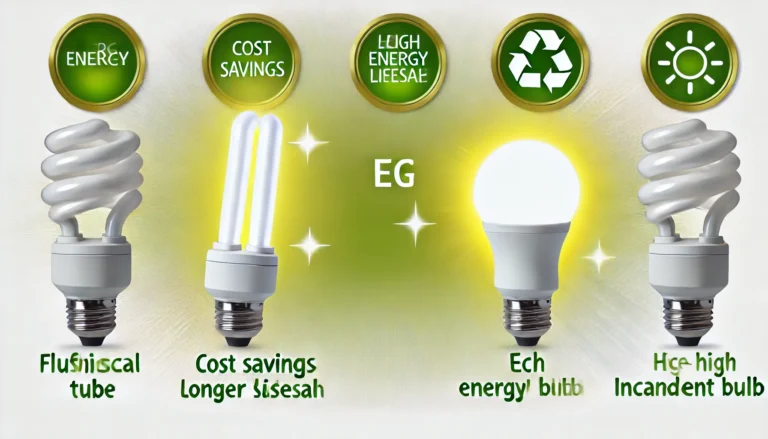What to Consider When Using Halogen Lamps
When it comes to lighting, halogen lamps are a popular choice due to their bright, white light and energy efficiency compared to traditional incandescent bulbs. However, using halogen lamps comes with its own set of considerations to ensure safety, efficiency, and longevity. In this article, we’ll explore key factors to keep in mind when using halogen lamps, providing you with the knowledge to make the most out of these lighting solutions.
Understanding Halogen Lamps
Halogen lamps are a type of incandescent light that uses a halogen gas to increase light output and lifespan. These lamps are known for their bright and crisp light, which makes them ideal for various applications, from residential lighting to commercial settings. However, to maximize their benefits and avoid potential drawbacks, it’s essential to understand their unique characteristics.
Critical Considerations for Using Halogen Lamps
1. Heat Output
One of the primary things to consider with halogen lamps is their heat output. Halogen lamps operate at a higher temperature than standard incandescent bulbs, which means they can get extremely hot. This high heat output requires careful handling and installation to prevent burns or fire hazards. Ensure that halogen lamps are kept away from flammable materials and are installed in fixtures designed to handle their heat.
2. Energy Efficiency
While halogen lamps are more energy-efficient than traditional incandescent bulbs, they are less efficient compared to LED or CFL bulbs. If energy efficiency and lower electricity bills are your primary concerns, you might want to weigh the benefits of halogen lamps against other energy-saving options available in the market.
3. Lifespan
Halogen lamps have a longer lifespan than incandescent bulbs but still fall short compared to LEDs and CFLs. Typically, a halogen lamp will last around 2,000 to 4,000 hours. Regular maintenance and timely replacements are crucial to ensure continuous optimal performance and to prevent sudden burnouts.
4. Dimming Capabilities
One of the advantages of halogen lamps is their excellent dimming capabilities. Unlike some other types of bulbs, halogens can be dimmed smoothly, which allows for greater control over lighting ambiance. If you require adjustable lighting, halogen lamps might be a suitable choice for your needs.
5. Color Temperature
Halogen lamps provide a bright, white light that is similar to natural daylight. This makes them ideal for settings where color accuracy and visibility are important, such as in art studios or for reading purposes. Understanding the color temperature of halogen lamps can help you decide where they will be most effective in your home or workspace.
6. Cost
While the upfront cost of halogen lamps can be higher than that of incandescent bulbs, their longer lifespan and better performance can justify the investment. However, it’s important to consider the total cost of ownership, including energy consumption and potential replacement costs over time.
When choosing lighting options for your home or business, understanding the benefits and drawbacks of halogen lamps is crucial. Halogen lamps offer bright, natural light and excellent dimming capabilities, making them a versatile choice for various settings. However, they also generate significant heat and are less energy-efficient compared to LED alternatives. By considering factors such as heat output, energy efficiency, lifespan, dimming capabilities, and cost, you can make an informed decision on whether halogen lamps are the right fit for your lighting needs. Additionally, ensure proper installation and maintenance to maximize their performance and safety.
Practical Tips for Using Halogen Lamps
To help you get the most out of your halogen lamps, here are some practical tips and examples:
- Use in Well-Ventilated Areas: Due to their high heat output, it’s essential to use halogen lamps in areas with good ventilation to prevent overheating.
- Install in Suitable Fixtures: Make sure the fixtures you use can handle the high temperatures generated by halogen lamps. Look for fixtures specifically designed for halogen bulbs.
- Avoid Direct Contact with Skin: Halogen lamps can get extremely hot, and oils from your skin can damage the bulb, reducing its lifespan. Always use a cloth or gloves when handling them.
- Consider Dimming Switches: If you plan to use halogen lamps in living rooms or bedrooms, installing dimming switches can help create a comfortable ambiance while saving energy.
- Regular Maintenance: Dust and debris can accumulate on halogen lamps, affecting their performance. Regularly clean the bulbs and fixtures to maintain optimal light output.
Conclusion
Halogen lamps can be an excellent lighting solution, offering bright, clear light and good dimming capabilities. By considering their heat output, energy efficiency, lifespan, and proper usage, you can ensure they meet your lighting needs safely and effectively. Whether you’re looking to light up a workspace or create a cozy atmosphere at home, understanding the nuances of halogen lamps will help you make an informed decision.
If you have any questions or need further assistance with your lighting choices, feel free to reach out to our team at Electric Light Fittings. We’re here to help you find the perfect lighting solutions for your needs.





